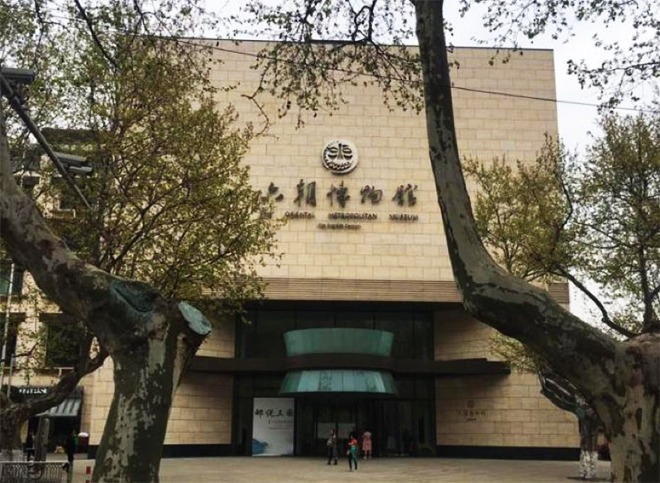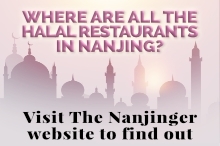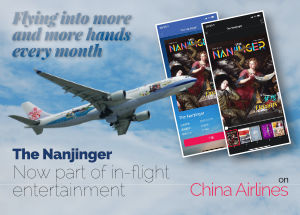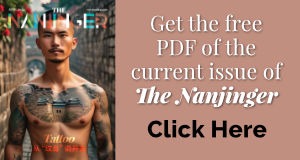Step into Nanjing’s Oriental Metropolitan Museum, and immediately take a look to your right. Note the chronologies of emperors and nations, comparing the time period to that of the Roman Empire, for there are many similarities between it and the Chinese Six Dynasties.
The two historical period lie in roughly the same period in history, and each was the economic, political and cultural centre of the region at that time. The Six Dynasties, lasting from 222 to 589 C.E., was one of the most important periods in Chinese history. While there were many political conflicts during the Six Dynasties, literature, art and textiles blossomed freely, creating a crucial foundation for subsequent Chinese civilisation.
Nanjing, China’s fourth greatest ancient capital after Xi’an in Shaanxi Province, Beijing and Luoyang in Henan Province, is well-known as the ancient capital of the Six Dynasties, reigning over the Kingdom of Wu (222-280), the Eastern Jin Dynasty (317-420) and the later Song (420-479), Qi (479-502), Liang (502-560) and Chen (557-589) Dynasties. During this period, the Roman Empire, then the centre of western civilisation, was enjoying its prosperity, while Nanjing, the centre of Oriental civilisation, then named Jiankang, was the first city in the world with a population of over one million.
The Oriental Metropolitan Museum, located on Changjiang Bei Lu, was built in 2011 on part of the original site of Jiankang. It is the most comprehensive museum of the Six Dynasties era, and revolves around the capital, historical and cultural achievements of the era. In addition to the main exhibits of blue porcelain, pottery figurines, epitaphs, stone carvings, paintings and many other historical relics, the city walls and vast drainage sites of Jiankang are partly preserved. Divided into four exhibition halls with different themes; Capital of the Six, Looking Back to the Six, the Six Dynasties’ Style and The Celebrities, the museum expounds on the theme of an ancient prosperous oriental metropolis from the third to the sixth century.
But as there is similarity between the Six Dynasties and the Roman Empire, there too is difference.
“The nations invaded and conquered by the Roman Empire lost their own regime and culture, which can be called Romanisation”, curator of the Museum, Hu A-Xiang, told The Nanjinger. “But the Six Dynasties is quite the opposite; the political and forceful conquests such as the nation Xiongnu, Xianbei, Jie, Qiang and Di acquired the advanced culture of the nation they defeated and the Han nation is the final winner to some degree.”
The exhibition on the ground floor is divided into two parts; City and Life. The former mainly exhibits the architectural structure of Jiankang; palaces, the urban road system and drainage system which was quite advanced at that time. The Life section evokes daily life, including clothing, food, accommodation and transport.
Beside the relics lies the ruin of loam walls from the Six Dynasties, some 25 metres long and 10 metres wide. Known now as the root of the museum, on account that archaeological workers discovered it when inspecting the very spot where the museum now lies as part of their daily work, building took place with the ruin as the very root of the foundations.
A modern design adds to the museum’s aesthetic. There are almost no walls in the exhibition areas; instead, rooms are divided by bamboos and lotus leaves. Along with shadow technology, the visual effect is appealing. Exhibit captions with translations in English, Korean and Japanese are delicately carved on iron signs.
Some of the resting areas are designed according the typical Chinese art conception Orchid Pavilion, with splendid calligraphy works all around and ancient-style chairs. What’s more, chairs are equipped with headphone jacks. You can listen to some classical Chinese music to relax as long as you take your headphones with you. The museum also has its own app. You can download it on your mobile phone and listen to the narration during your visit.
Access the Oriental Metropolitan Museum by Metro by taking Line 2 or 3 and getting off at the Daxinggong station.









